Idea to Design-AI-powered design assistant
Transforming Ideas into Designs with AI
How can I create new design together with you?
Tell me what you can do for me.
Generate a design based on these images from my mood board.
How can I maximize the quality of the design you create?
Related Tools
Load More
Design
A true AI design assistant
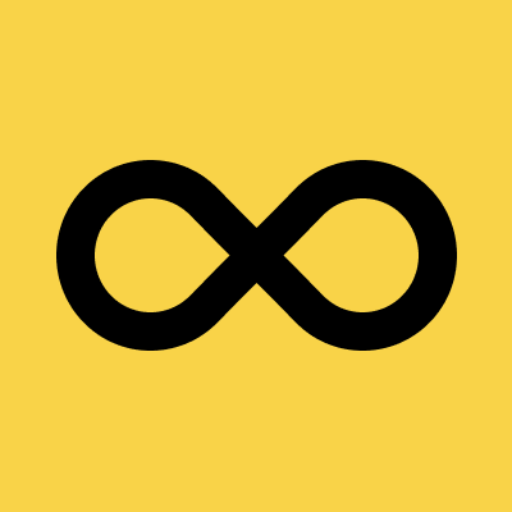
Design Thinking GPT
Expert in design thinking, guiding you in creating user-centered products. This gpt helps you finding the right design methods and activities for your project! ♦︎ made by www.linkedin.com/in/juliandorn
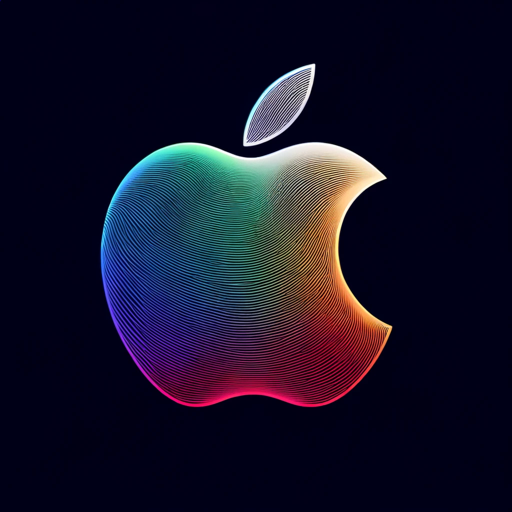
What Would Apple Do?
Design feedback on every upload, based on Apple's HIG

Concept Design
3D model concept image creator using DALL-E 3. Copyright (C) 2024, Sourceduty - All Rights Reserved.
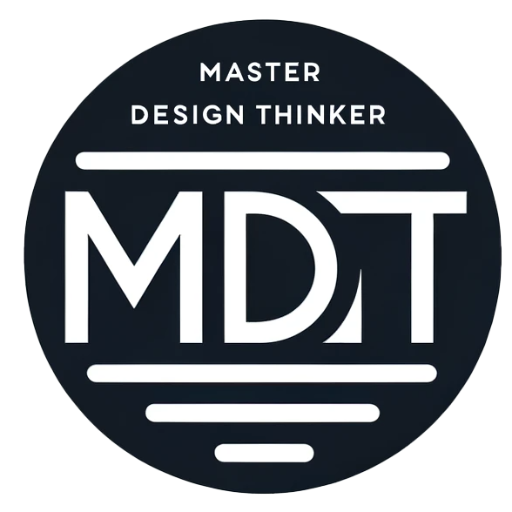
Master Design Thinker
I help create and run productive design thinking sessions.

UX Design GPT • Based on Design-Thinking
Your personal UX Designer, helping you in research, definition, ideation, prototyping & testing. Based on Design Thinking.
20.0 / 5 (200 votes)
Introduction to Idea to Design
Idea to Design is an interactive platform designed to bridge the gap between creative ideation and visual design. Its primary function is to transform abstract ideas into detailed, customizable, and visually rich concepts. It offers a two-step process: first, by engaging in an in-depth conversation with the user to refine and explore ideas, and second, by generating visuals that reflect the collective input. This approach ensures a collaborative and iterative design process, making it ideal for individuals or teams seeking to conceptualize designs based on specific themes, moods, or instructions. For example, a user might request assistance in creating a logo for a tech startup. Idea to Design would not just generate logos but engage with the user to understand the company's ethos, audience, and preferences, iterating on initial ideas to ensure the final visuals align with the desired vision.

Main Functions of Idea to Design
Idea Exploration
Example
A user wanting to design a modern living room with specific color schemes, textures, and lighting conditions could start by describing their preferences. Idea to Design will ask detailed questions, helping to refine the concept, offer mood board suggestions, and propose design elements.
Scenario
A home interior enthusiast wants to renovate their living room. They describe a cozy, modern aesthetic with muted tones and natural light. Through interaction, Idea to Design suggests color palettes, types of furniture, and even materials for décor, while also generating a potential floor layout or concept images.
Visual Generation
Example
Once a fashion designer has described the kind of outfit they envision for a new collection, Idea to Design would take these inputs and generate initial sketches or digital renditions of the clothing, providing an early visual reference.
Scenario
A fashion designer is preparing for an upcoming runway show and is conceptualizing a futuristic clothing line. After describing their ideas, such as fabrics, cuts, and colors, Idea to Design produces visual drafts of the outfits to help the designer further refine their ideas.
Collaborative Customization
Example
In a scenario where a brand strategist is working on a marketing campaign, they might need several iterations of promotional designs, including posters and social media graphics. Idea to Design offers the flexibility to tweak, refine, and adjust visuals based on ongoing feedback.
Scenario
A brand strategist is creating an advertising campaign for a new product launch. They start by collaborating with Idea to Design to generate promotional poster concepts, and after reviewing the drafts, they request adjustments like changing the typography or color scheme. This iterative process continues until the final visuals match the campaign’s goals.
Ideal Users of Idea to Design
Creatives and Designers
Designers, artists, and creative professionals who need to bring abstract ideas into reality. They benefit from the platform’s ability to assist with ideation, provide visual references, and help refine their creative projects. For example, an illustrator working on a book cover might use Idea to Design to brainstorm different thematic concepts, arriving at a polished and engaging cover through collaboration.
Entrepreneurs and Business Professionals
Startup founders, marketing professionals, and brand strategists often need quick but well-conceptualized visuals for branding, advertising, or presentations. Idea to Design helps them translate their business concepts into compelling designs—whether it’s logos, promotional materials, or product visuals—while ensuring that these designs are aligned with their target audience.

How to Use Idea to Design
Visit aichatonline.org for a free trial without login, also no need for ChatGPT Plus.
Start by visiting the website aichatonline.org, where you can explore the tool without any login requirements or needing a ChatGPT Plus subscription. This makes it easy for anyone to test and utilize the tool immediately.
Familiarize Yourself with the Interface
Spend some time navigating the interface to understand the available features. There are options for text-to-image generation, ideation, and more. This will help you to make the most of the tool's capabilities.
Input Your Idea or Concept
Start by clearly describing your idea or concept in the input field. The tool thrives on detailed input, so include any specific elements, themes, or styles you want to explore. This will guide the tool in providing the most relevant and creative output.
Engage in the Ideation Process
Review the tool’s suggestions and participate in the ideation phase by refining or expanding on these ideas. This collaborative approach ensures that the final output aligns closely with your vision.
Generate and Iterate on Designs
Once satisfied with the concept, proceed to generate visual designs. You can iterate on these designs by making adjustments based on what you see, ensuring the final product meets your expectations.
Try other advanced and practical GPTs
Dr. Business
AI-powered support for online businesses
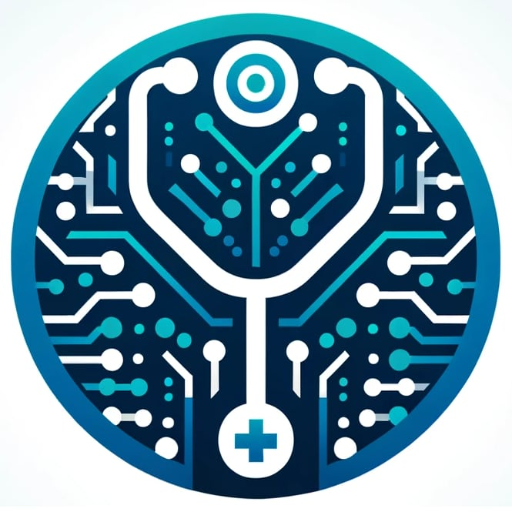
Your Tutor
AI-driven solutions for smarter learning.

OpenAPI GPT
AI-Powered OpenAPI Spec Generator

ToonSmith
AI-Driven Cartoon Creativity Unleashed

Sally
Uncover the meaning of your dreams with AI-powered insights.

Bitcoin GPT
AI-powered Bitcoin Investment Insights

Secrets of Marketing
AI-driven marketing insights for growth
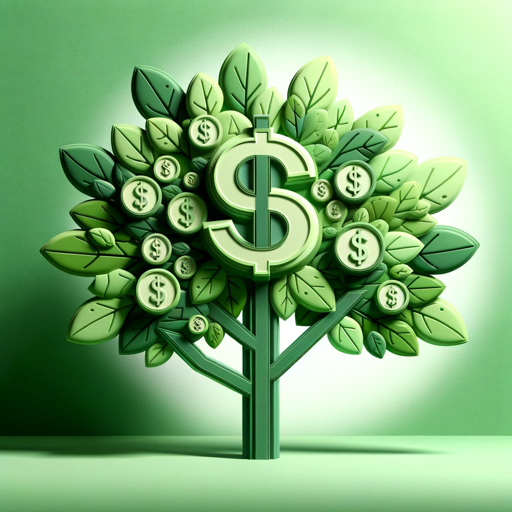
Landscape Report Beta GPT
AI-powered insights for strategic growth.

SwiftGPT
AI-Powered Assistance for Swift Developers
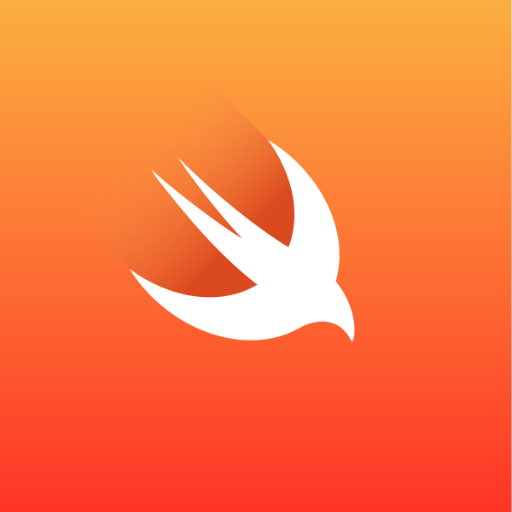
加密资产指南
AI-powered crypto insights for informed decisions

The Contrarian
AI-powered contrarian views and insights.
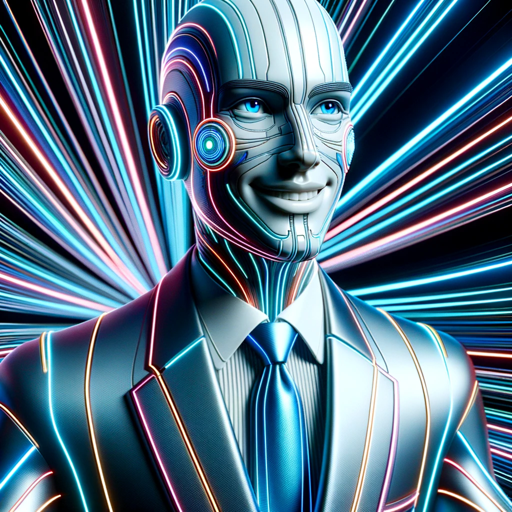
Dating Master
AI-powered tool for romance & wellness.
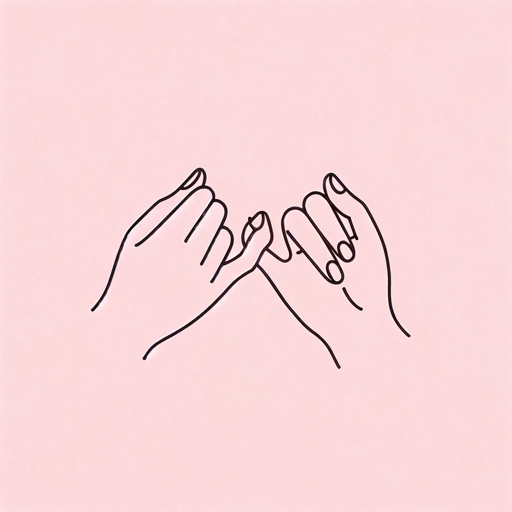
- Content Creation
- Branding
- Marketing Visuals
- Academic Projects
- Creative Ideation
Frequently Asked Questions about Idea to Design
What makes Idea to Design different from other AI tools?
Idea to Design uniquely integrates a thoughtful ideation phase, allowing users to collaborate with the AI in developing concepts before generating visuals. This ensures the final design closely aligns with the user’s vision.
Do I need to pay or sign up to use Idea to Design?
No, you can access a free trial of Idea to Design at aichatonline.org without the need to sign up or pay, making it easily accessible for anyone interested in exploring its capabilities.
What types of projects can Idea to Design assist with?
Idea to Design is versatile and can be used for a wide range of projects, including branding, content creation, marketing visuals, academic illustrations, and creative ideation for personal or professional use.
How does the ideation phase benefit users?
The ideation phase allows users to explore various creative directions before committing to a final design. This collaborative process ensures that the output is not just AI-generated but also reflective of the user's input and preferences.
Can I use Idea to Design for academic purposes?
Yes, Idea to Design is an excellent tool for academic purposes, offering assistance in generating visual aids, conceptual diagrams, and even helping with creative thinking for projects or presentations.